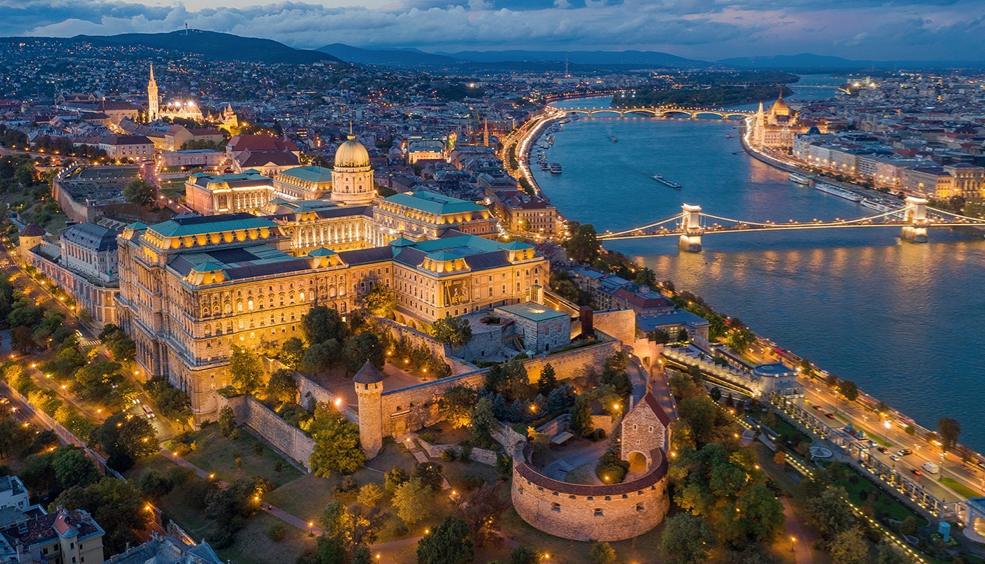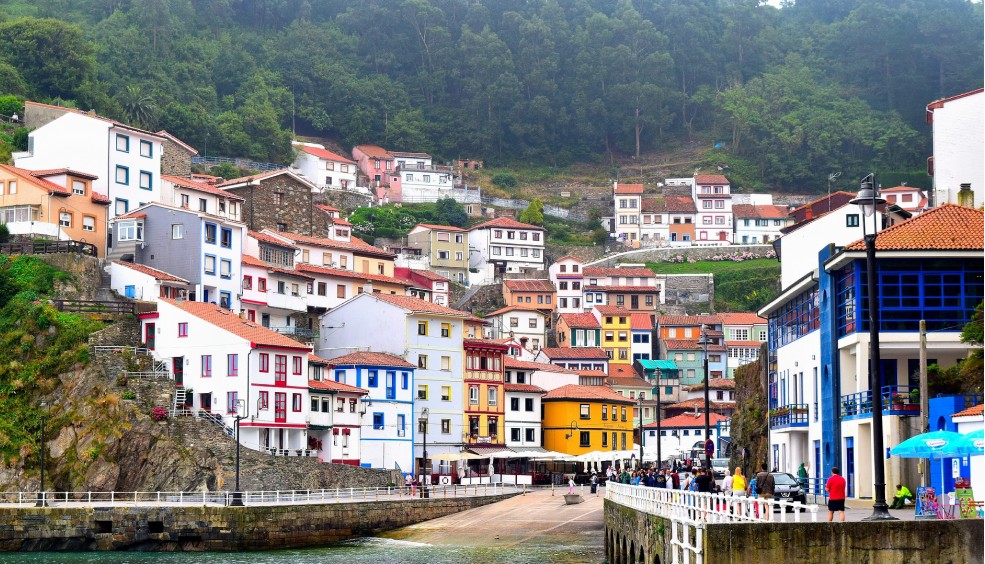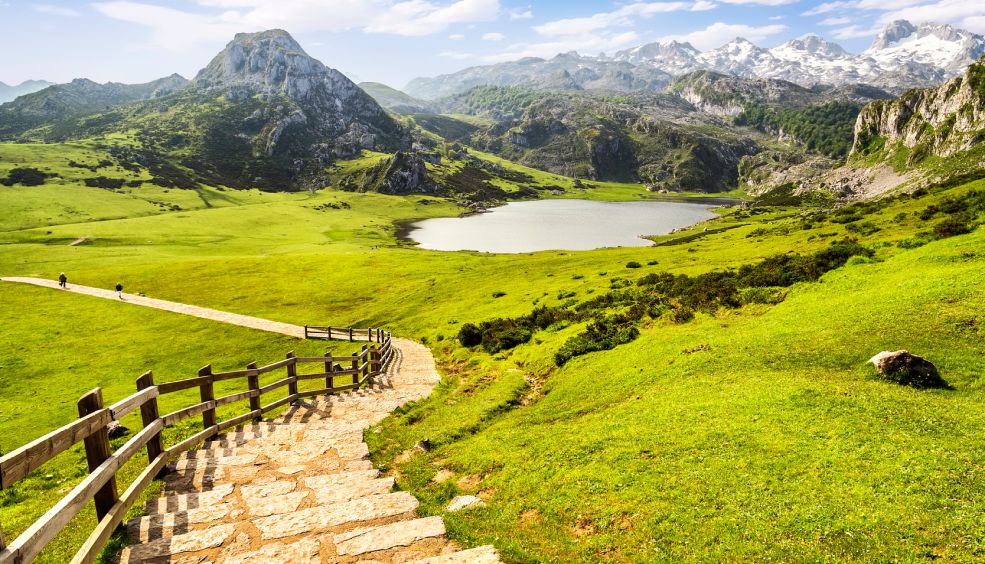4 ROMANTIC DESTINATIONS TO SWEEP YOUR PARTNER OFF THEIR FEET
Whether to celebrate Valentine's Day or an anniversary, or simply to give your partner an amazing gift, here are some ideas for a romantic getaway.
more infoEight things to do with kids in London
Fun is guaranteed when you come to London with the family. Museums, themed cafés, endless adventures, toy shops, attractions and more.
more info8 nature + gastronomy plans in Asturias. Delicious!
An excursion and then a feast? Or maybe the other way round? In Asturias you'll find scenic hiking trails and mouth-watering dishes.
more infoAsturias at Easter: discover the best things to do!
Festivals, processions, gastronomy, nature, cities, art and culture... You'll find all this and much more at Easter in Asturias!
more info




